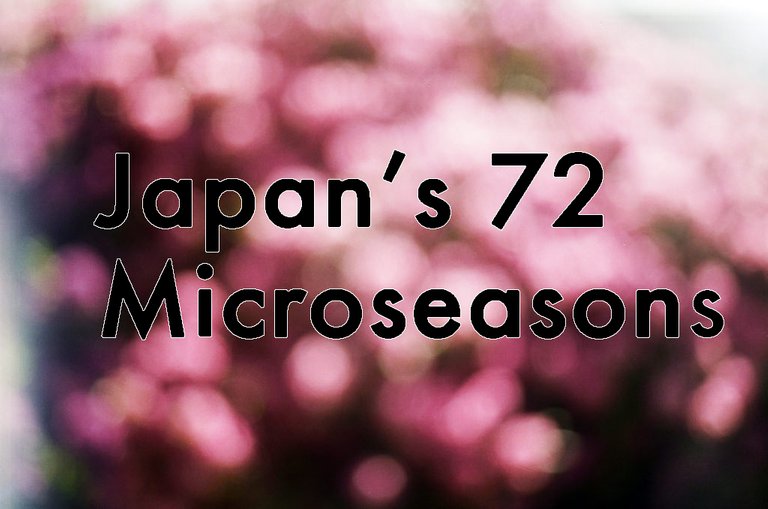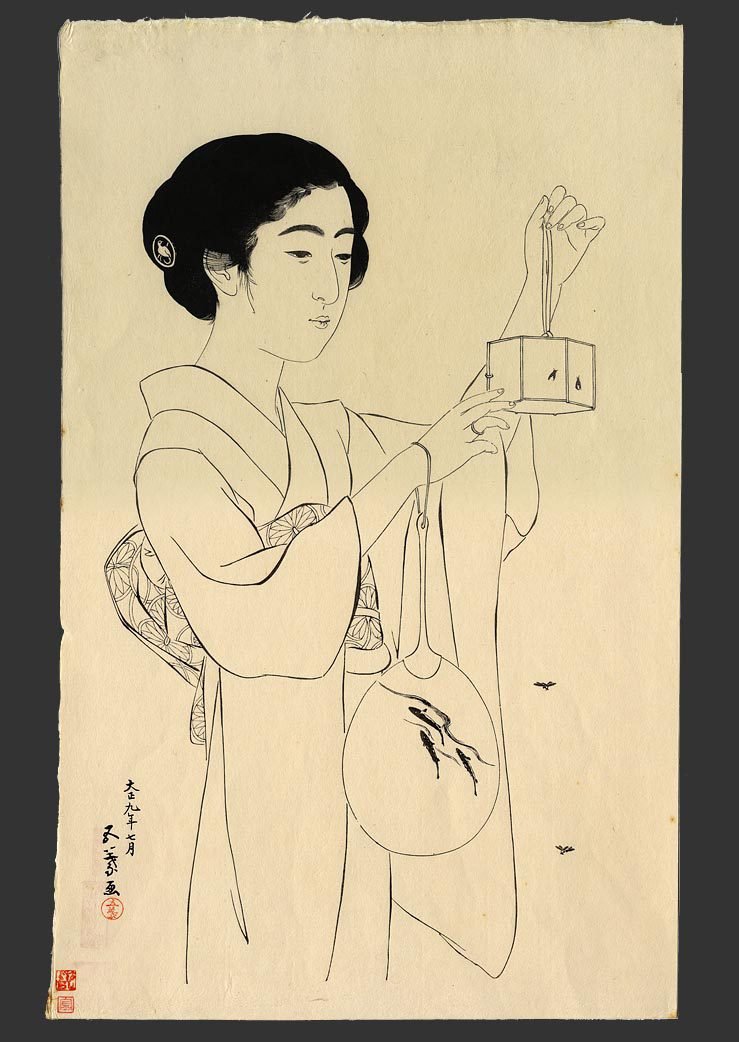Microseason Forecast for Oct 18-22 ~ Notes from the Japanese Almanac

Yesterday began a new microseason! If this is your first time joining us, scroll down past the forecast to read about what exactly a microseason is. For the rest of you, let’s jump in!
The Current Microseason: Crickets Singing
Yesterday, 18 Oct, begins 蟋蟀在戸, the 51st microseason (候, kō) which is read kirigirisu to ni ari and means crickets singing. This is the third microseason of Kanro, which is itself the 5th solar term of autumn.
Kirigirisu is a kind of grasshopper, or katydid, sometimes called a long-horned grasshopper. But when the 24 sekki was written, the word instead referred to kōrogi, crickets, or in some contexts any autumn insect that chirps. In haiku and some other writing, the word can still be used in this older sense. The most famous of these autumn insect singers is the bell cricket, or suzumushi (鈴虫), which also happens to be a kigo for autumn in haiku.
The bug is so beloved that it is often kept for a pet, and it has been showing up in literature since The Tale of Genji. It has a lovely song. Here listen:
Seasonal Fruit
The seasonal vegetable is chestnuts. Japanese chestnuts are a bit larger than Chinese or European, and they are delicious. Kurigohan (栗ご飯), rice cooked with chestnuts, is a wonderful meal in autumn.

Here is a haiku for this microseason:
酔うてこほろぎと寝てゐたよ 山頭火
yōte kōrogi to nete ita yo
so drunk
I slept
with the crickets
—Santōka
Well, that’s one way to enjoy their music!

Will move this info to another post soon, but for now, briefly:
- each month has two seasons, giving us 24 seasons, which are called solar terms. This gives the system its name, the 24 Sekki (二十四節気). I usually refer to this entire system as The Japanese Almanac. It is more than a little similar to the American Farmer’s Almanac.
- each of these 24 seasons is further divided three more times, giving us a grand total of 72 seasons. There aren’t many English translations for these 72 seasons, but the few that exist seem to have settled on calling them microseasons, so I will use that here as well.
- each microseason is about 5 days. With time periods so short, they can get pretty specific about what in nature we might expect to be happening around now.
- The system was originally from China, but it was reformatted during the Edo era (1603–1868) to fit better with Japan’s climate. I find it also fits fairly well with much of the Eastern half of the US. But if you live in a different area, your milage may vary.
- The entire system is based on the equinoxes and solstices, so it is fluid and the exact dates will vary from year to year. Luckily there are a great many Japanese sources that do the astrological computations for us and tell us exactly when each one starts and ends every year.

The next microseason start on Oct 23rd. See you then for the next forecast!
This post has received a 100.00% upvote from @fambalam! Join thealliance community to get whitelisted for delegation to this community service.